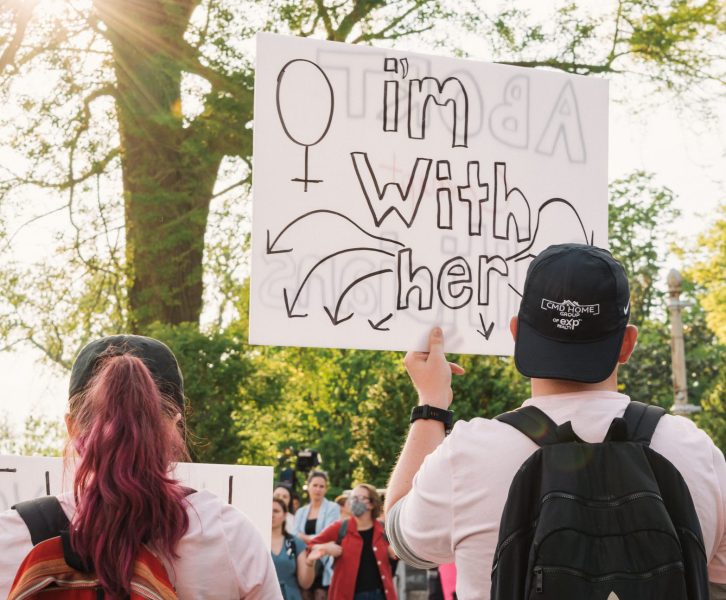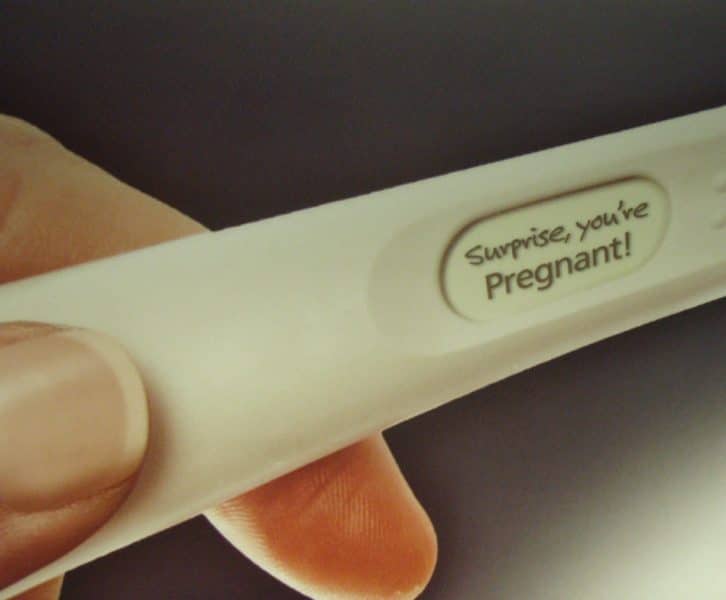Adolescence begins with the development of sexual traits affected by hormonal changes. It starts with breast development and menstruation in females. Because each woman’s biology and growth are unique, it is typical for some teens to have tiny breasts and others to have large breasts. Some women may suffer from disproportionate breast growth, leading to physical and psychological issues. What happens when there is excessive breast development? Are there treatments available, and is breast reduction recommended? In this post, we will answer these questions, and you will learn about breast development and the consequences of abnormal breast growth. Ultimately, you will understand that each body is unique, and the decision to change your breast size should only depend on you.
Breast development stages
One must first understand how the breast grows to know what disproportionate breast growth means. The earliest symptoms of breast growth appear at the beginning of puberty. This growth is related to the secretion of estrogen by the ovaries. Estrogen causes fat to accumulate, which promotes the breasts’ growth. Also, during puberty, the duct system starts to grow.
Once menstruation begins, the breasts mature, and the secretory glands form. During adolescence, the breasts grow, creating more glands and lobules.
The stages of breast development are divided into:
– Stage One. During infancy, the breasts are flat, and only the nipple end is elevated.
– Early breast development. Breast development occurs two to three years before the first menstruation. The nipple and areola begin to expand, and breast tissue begins to develop.
– Breast growth. The breasts increase, moving from a conical to a more rounded shape. The nipple rises, and the areola darkens and enlarges. The duct system and secretory glands develop.
What is disproportionate breast development?
As we have seen above, breast development begins during puberty. But, in some cases, growth does not follow the usual path and can cause some women to have disproportionate breast development.
– Overdeveloped breast growth. This condition is known as breast hypertrophy. It occurs when breasts grow so huge that it causes women physical problems.
– Underdeveloped breast growth. It occurs when women have a tiny breast size. Sometimes the breasts fail to develop during puberty due to hereditary problems, hormonal imbalances, and malnutrition.
– Problems with the shape of the breast. It occurs when a woman has one breast noticeably larger than the other or when her breasts have a form other than rounded.
Health risks associated with disproportionate breast development
Disproportionate breast growth can cause some physical problems for women who have it. When breasts grow too large, women may experience back and neck problems and detrimental changes in their posture. They may also suffer from breast pain and develop ulcers and inflammation.
Surgery to correct disproportionate breast development
Generally, breast development disorders are corrected with surgery. If you are seeking breast reduction, you need to know the advantages and disadvantages of surgery.
Disadvantages
– Visible scars. They will depend on the woman’s scarring quality. In general, the visible scar is the one that is made in the groove of the breast.
– After surgery, the woman will not be able to breastfeed. If you want to have children, the surgery should be performed after childbirth because, in most women, milk production stops.
– The breast may continue to change in size over time. Breast tissue is influenced by weight fluctuations, so losing or gaining weight influences breast size.
– Loss of sensation. Women who undergo breast reduction surgery have a significant loss of sensation.
– Postoperative complications. Some women may experience bleeding, infection, or tissue necrosis.
Advantages
Breast reduction can improve self-esteem and the symptoms of having large breasts. Here are some of the advantages of reducing breast size:
– Relief from breast, back, and neck pain.
– Avoidance of discomfort and difficulties when playing sports.
– Reduction of skin problems and relief from itching.
– Avoid breathing difficulties due to the chest pressure on the thorax.
Finding the right plastic surgeon
Opting for surgery to correct problems of disproportionate breast development should be a well-thought-out and planned decision. Take the time to research the alternatives available and the track record of plastic surgeons. You can start by searching the Internet and including your location, such as “Plastic surgery in Dallas” or “plastic surgeons near me”. Look at reviews, experience, and recognition in your community. Remember that a good plastic surgeon will be willing to talk with you about realistic surgery expectations. Experienced surgeons will not put you under any pressure to make a decision or hurry you through treatment before you’re ready.
Conclusion
In adolescence, disproportionate breast growth can cause psychological problems, as it is during this stage that people are more prone to criticism. This social pressure can negatively impact a woman’s self-esteem and self-confidence. Adolescent girls need to learn about their bodies and receive sex education to understand that there is no such thing as a perfect body.
Undergoing surgery is a personal decision, and you need to consider the pros and cons of the process. As a teenager, you must consider your life plans and whether you want to have children and breastfeed. If you decide to have surgery, go to a specialized center where they can determine if you are ready for surgery.







